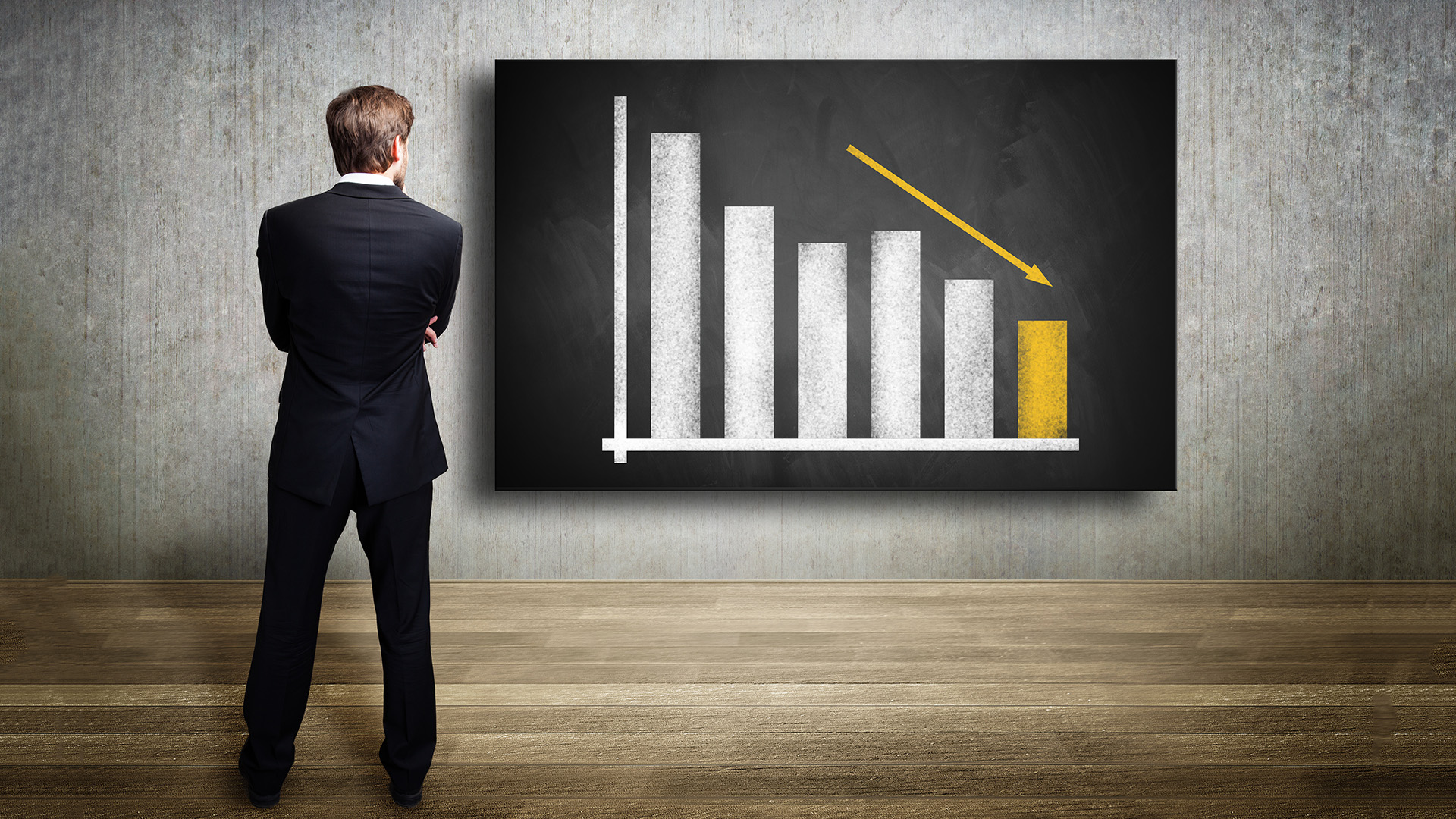A day after reporting a solid rise in exports in April, we had more signs on Friday that the Japanese economy is not as healthy as some figures would suggest.
The exports were strong, as they have been for months but the domestic economy remains gripped by deflation, with unemployment surprisingly rising for the second month in a row.
The jobless rate rose to 5.1% in April, from March’s 5.0%, which in turn was a rise from 4.9% in February.
Around 100,000 more people were out of work in April, compared with a year ago, with the number of jobless rising to 3.56 million people.
The jobs ratio (that’s the number of people available for each job vacancy) fell for the first time in eight months.
The Japanese Health, Labor and Welfare Ministry reported on Friday that the jobs-to-applicants ratio dipped to 0.48 from 0.49 in March, the first fall since last August.
The result means that essentially for every 100 people seeking work in April there were 48 jobs available.

Consumer prices fell 1.2%, but excluding fresh food, they dropped 1.5% after falling 1.2% in March.
Household spending fell 0.7%, but retail sales were up by an annual rate of 4.9%.
Economic growth was estimated at 4.9% in the first quarter, but the Tokyo stockmarket is down 12% so far this month.
The fall in the CPI was boosted by the government’s decision to scrap high school fees.
That pushed the CPI and core inflation down by more than expected.
Excluding this the CPI was down around 0.7% and core inflation down around 0.9%, a little better than expected.
Even though inflation was confused by the scrapping of those high school fees, it’s still negative.
The Bank of Japan doesn’t expect core CPI to turn positive until the fiscal year beginning in April next year.
The news came a week after figures showed Japan’s economy grew at an annualized pace of 4.9% in the January-March quarter, powered by strong exports.
Exports in April were up 40% from a year ago.
Separate data from the government showed Japanese household spending in April fell 0.7% year-on-year in price-adjusted real terms, against a forecast rise.
Spending by households headed by a wage earner fell 2.3% in the year to April.
One bright spot in Friday’s data reports was the 4.9% rise in retail sales.
Petrol sales rose and economists said there was still evidence of a strong influence of government stimulus spending in the rise in retail sales.
That figure isn’t adjusted for inflation/deflation.
And South Korea last week revealed a current account surplus for the third straight month in April thanks to solid exports.
The country’s central bank said the current account surplus reached $US1.49 billion, down from the revised $US1.8 billion in March.
The surplus for the first four months of 2010 amounted to $US2.83 billion.
The trade balance saw a surplus of US5.19 billion in April, up from a revised $SUS4.5 billion surplus in March.
The increase came as goods exports and imports hit $US40.5 billion and $US35.3 billion, respectively.
The central bank has cut its 2010 current account for forecast for the country to $US10.5 billion from the initial $US17 billion.













